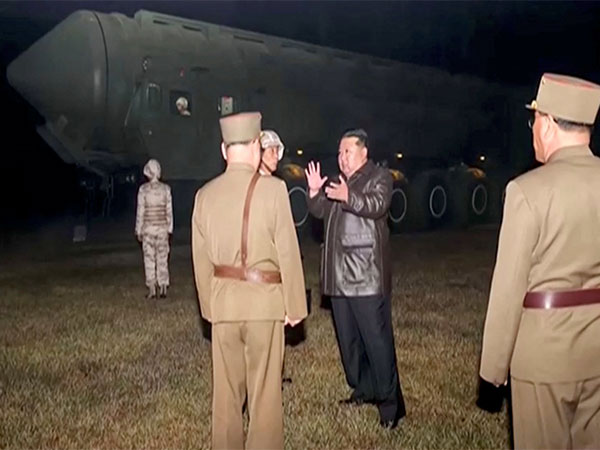Trilateral Show of Strength: US, Japan, and South Korea Conduct Air Drills Amid Rising Tensions
In response to North Korea's recent ICBM launch, the United States, Japan, and South Korea conducted joint air drills. This exercise demonstrated their military cooperation and deterred perceived threats. The drills took place over shared airspace and included strategic bombers showcasing their defensive prowess.

- Country:
- South Korea
The United States, Japan, and South Korea have executed a series of air drills days following the launch of an intercontinental ballistic missile by North Korea. According to the South Korean military, this trilateral exercise took place on Sunday in airspace north of South Korea's Jeju Island, Yonhap News reported.
North Korea's recent deployment of the new Hwasong-19 ICBM into the East Sea marked its first long-range ballistic missile test of the year. This missile is believed to have the capacity to reach the US mainland, with its launch occurring just ahead of significant presidential elections.
Featuring prominently in the exercise were the Japan Air Self-Defence Force's F-2 fighter jets, South Korean F-15s, and at least one US Air Force B-1B strategic bomber. These maneuvers occurred over the waters where the air defense zones of South Korea and Japan converge, according to the Joint Chiefs of Staff, as cited by Yonhap.
The drills included the strategic bomber targeting a simulated object, illustrating its formidable capabilities. Although the Joint Chiefs of Staff did not specify the number of B-1Bs involved, they clarified that this demonstration was a direct response to North Korea's ICBM launch on October 31.
With the three nations intensifying their security collaborations, they aim to bolster coordination to prevent and address threats from North Korea, as stated in a military release quoted by Yonhap. The region faces growing tensions amid North Korea's advancing nuclear and missile capabilities.
North Korea's state media confirmed that the missile tested a day prior to the drills was the Hwasong-19 ICBM, Kyodo reported. Leader Kim Jong Un expressed satisfaction with the test, describing it as the 'ultimate version' of an ICBM and emphasizing his nation's unwavering intent to advance its nuclear delivery systems.
During the missile test oversight, Kim reaffirmed North Korea's commitment to strengthening its nuclear arsenal, a stance that he declared will remain unchanged, according to reports by the Korean Central News Agency.
(With inputs from agencies.)










